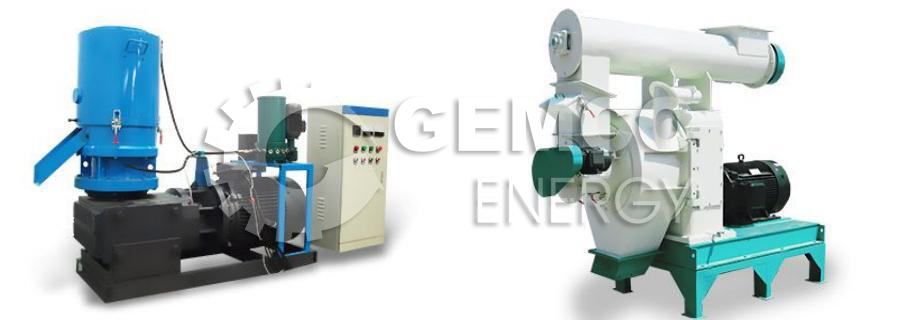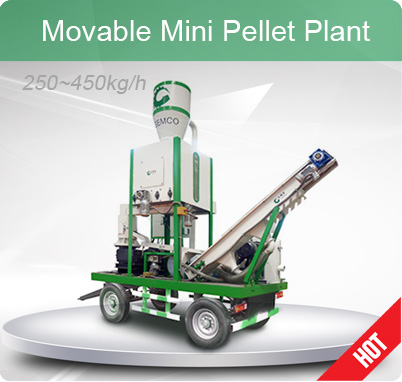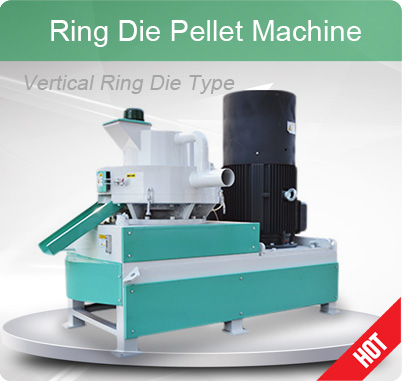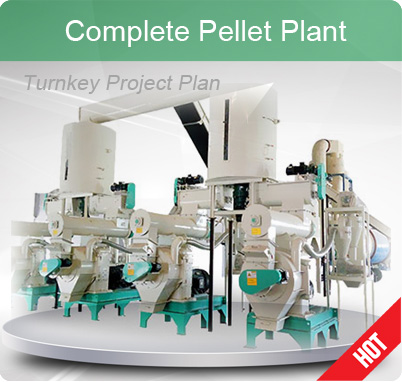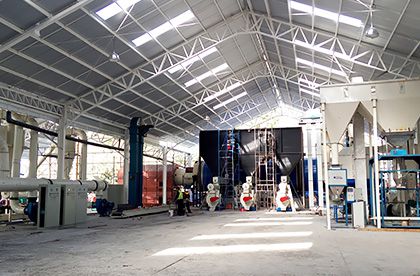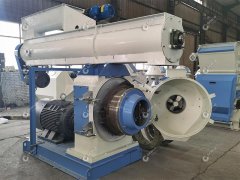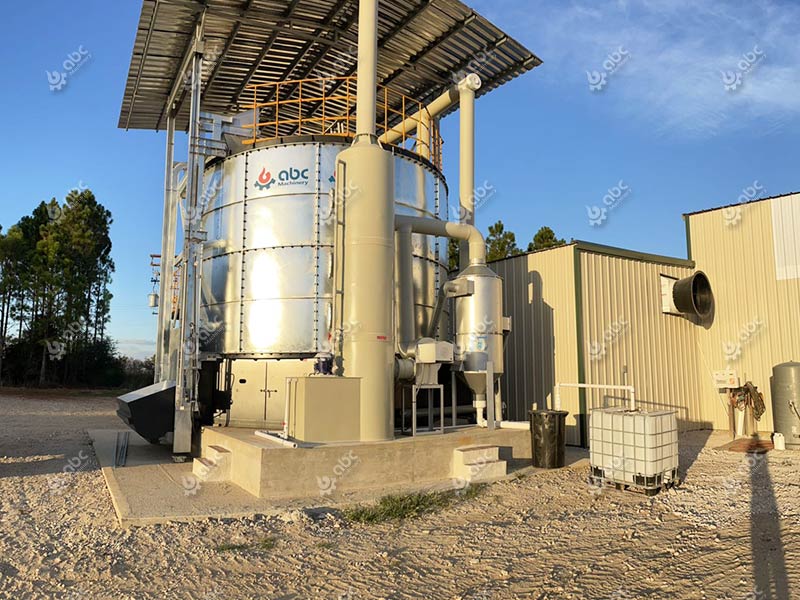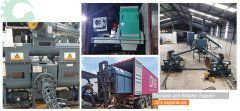Biomass Pellet Machinery Processing Raw Materials into Wood Pellets
In the wood pellet production line, choosing high quality raw materials is the key to producing high quality wood fuel pellets. For beginners who want to set up a wood pellet production plant, understanding how to choose high quality biomass raw materials to optimize the wood pellet production process to meet the industrial wood pellet market demand is the key to success.
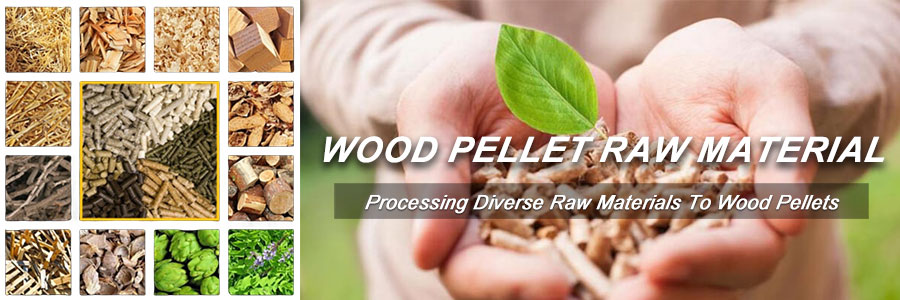
Raw Material for Biomass Pellet Machinery Processing
In order to ensure the availability of high-quality raw materials for the biomass pelletizing process, beginners can consider various sources. One option is to establish partnerships with local forestry companies or sawmills to obtain wood residues such as sawdust, wood chips, or bark. Another option is to collaborate with agricultural businesses to acquire crop residues like corn stalks or straw. Additionally, biomass from dedicated energy crops like switchgrass or miscanthus can also be considered. By diversifying the sources of raw materials, beginners can secure a consistent supply and optimize their wood pellet production process.
Next, this article will analyze in detail the main sources of raw materials and the characteristics of common raw materials. Hopefully, through this article, your biomass pellet plant can choose more suitable feedstock for higher profit. (Learn about Softwood and Hardwood Raw Material Properties>>)
Raw Materials Suitable for Pelletizing by Biomass Pellet Machinery
The most used raw materials for biomass pellet production lines to manufacture wood pellets come from forests and farmland. These raw materials play an important role in the biomass energy industry, contributing to the production of renewable energy and sustainable development. (Know More About Raw Materials of Wood Pellet>>)

Wood Pellets Raw Material Suitable for Wood Pellet Machinery Manufacturing
Making Biomass Pellets from Timber, Forest Waste, and Wood Waste by Wood Pellet Maker Machine
- Timber for Making Biomass Fuel Pellets
Primary wood is the main raw material used in biomass pellet manufacturing plants. The calorific value of biomass fuel pellets is the decisive factor to measure the energy quality and efficiency of fuel. So, when choosing wood, the novice needs to consider and analyze different types of wood with different calorific values. In addition, it is important to maintain the right moisture content (10-20%) of wood to produce high quality biomass pellet fuel.
- Forest Waste for Manufacturing Wood Pellets
Forest wastes such as branches, leaves, bark, and dead wood are also potential feedstock resources for manufacturing wood pellets in commercial wood pellet mills. When choosing bark as a raw material, it is important to be careful about screening. In general, pine bark, birch bark and softwood bark such as oak bark and Quercus serrata are usually preferred feedstocks because of their good lignin content (15-30%) and wide distribution area. In contrast, bark from hardwood species such as cherry, beech and maple are usually no longer used to make wood pellets because the bark contains less lignin is less likely to be molded and burned.
Calorific Value of Common Woods and Wood Waste (Unit: MJ/kg)
| Tree Species | Barked Trunk | Bark | Trunks | Branches | Total Amount |
|---|---|---|---|---|---|
| Pinus Sylvestris | 19.31 | 19.53 | 19.33 | 20.23 | 19.52 |
| Picea Abies | 19.05 | 18.80 | 19.02 | 19.17 | 19.29 |
| Betula Pubescens | 18.68 | 22.75 | 19.19 | 19.94 | 19.30 |
| Betula Pendula | 18.61 | 22.52 | 19.15 | 19.53 | 19.29 |
| Alnus Incana | 18.67 | 21.57 | 19.00 | 20.03 | 19.18 |
| Alnus Glutinosa | 18.89 | 21.48 | 19.31 | 19.67 | 19.31 |
| Populus Tremula | 18.67 | 18.57 | 18.65 | 18.61 | 18.65 |
- Wood Waste for Processing Biomass pellets
Wood waste generated from wood processing, furniture manufacturing and other industries, such as wood chips and sawdust, is also an important raw material for making wood pellet fuel. The secondary utilization of wood waste reduces the wood pellet processing cost and improves the utilization efficiency of resources.
Manufacturing Biomass Pellets from Agricultural Waste by Biomass Pellet Machinery
Agricultural waste is also an important raw material for biomass pellet making machines to make wood pellets. Beginners can work with local farmers and ranchers to collect this waste and then treat, process, and convert it into high-quality biomass pellet feedstock. In this process, it is important to scout the pelletizing rate and lignin (usually 15-30% required) content of the feedstock, which is key to determining whether the agricultural waste can be successfully pelletized. The following table will provide you with a list of agricultural wastes commonly used in pellet production machines and their properties.
| Agricultural Waste Pellet | Pelleting Ratio | Lignin Content | Moisture Content | Ash Content | Energy Density |
|---|---|---|---|---|---|
| Wheat Straw Pellet | 70-90% | 20-25% | 10-20% | 2-5% | 15-17 MJ/kg |
| Corn Stalks Pellet | 80-95% | 20-25% | 15-25% | 3-8% | 14-16 MJ/kg |
| Cotton Stalks Pellet | 60-80% | 15-20% | 10-20% | 2-6% | 16-18 MJ/kg |
| Peanut Shells Pellet | 75-90% | 25-30% | 12-25% | 2-6% | 17-19 MJ/kg |
| Rice Straw Pellet | 70-90% | 15-20% | 12-20% | 2-5% | 14-16 MJ/kg |
| Wheat Bran Pellet | 60-80% | 20-25% | 12-22% | 3-8% | 15-17 MJ/kg |
The feedstock for making wood pellet fuel varies depending on the conditions in different regions. If you have any questions about the choice of feedstock, you can contact us free of charge. You can also provide us with a sample of your feedstock, which we will send to GEMCO's wood pellet mill plant for processing and testing, and then give you the most accurate answer.
Biomass Pellet Machinery Processing Diverse Biomass Resources: Exploring Potential Feedstock
There are many other potential biomass resources that could be used for biomass pellet production. Exploration and utilization of these resources can diversify raw material production and reduce the cost of wood pellet production.

Biomass Raw Materials for Pellets
- Energy crops: Some specific energy crops, such as energy willow and sweet sorghum, are characterized by fast growth and high yields and are suitable as raw materials for pellet production.
- Food processing wastes: Wastes from food processing, such as rice bran, fruit peels and soybean residue, can be reused as raw material for biomass pellets.
- Cellulose waste: Cellulose waste such as pulp waste and fiberboard production waste is rich in cellulose and suitable for pellet production.
- Aquatic plants: Aquatic plants such as polygonum aquaticum, water onions and seaweed can be collected and converted into biomass pellet feedstock. However, due to the high cost of collection, care should be taken to further analyze the feasibility depending on the amount of aquatic plants distributed in different regions and the cost of manpower.
- Municipal Organic Waste: Kitchen waste, leftovers, waste cooking fats and oils from catering and food processing can also be converted into pellet fuel through appropriate treatment.
- Livestock and poultry manure: Livestock and poultry manure is rich in organic matter and can be converted into biomass fuel pellet feedstock through biological gasification and other biomass pelletizing process technologies. Companies such as Big Hanna (Sweden), AgriPower (USA), Biomass Secure Power Inc. (Canada), and Kirti Solar (India) are leaders in processing biomass pellets from animal manure.
Select Biomass Pellet Machinery to Transform Raw Materials into Pellets
Flat Die Pellet Mill
The flat die pellet mill is an indispensable tool in biomass pellet production plants, known for its simplicity and efficiency. The flat die pellet machine working principle is that feeding biomass feedstock into a flat die chamber, which is then compressed and molded into pellets by the rotation of pressure rollers. It has a relatively low output compared to ring die pellet equipment, making it ideal for small-scale production, especially homemade wood pellet machines. The advantage of flat die wood pellet equipment is higher efficiency but low cost. (Link to Good Flat Die Pellet Mill Design>>)
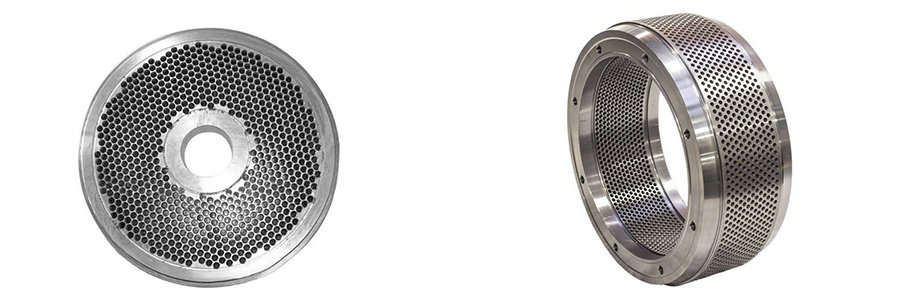
Flat Die of Flat Die Pellet Machine & Ring Die of Ring Die Pellet Machine
Ring die pellet mill
The ring die pellet mill is suitable for larger scale wood pellet production line. Its working principle is that using a round die and pressure rollers to gradually extrude and press biomass feedstock into dense, high quality fuel pellets. Ring die wood pellet mills have higher outputs and are well suited for industrial and commercial production such as wood pellet power plants. Wood pellets made by ring die wood pellet machines are characterized by high density and high combustion efficiency, which has attracted wide attention in the field of energy production.
In conclusion, flat die pellet mills and ring die pellet mills offer distinct advantages in a variety of production sizes and applications. Choosing the right pelletizer equipment depends on production needs, material characteristics and required output. Both types of biomass pellet mill machine offer reliable solutions for biomass pellet production. (Related to Biomass Pellet Production Lines With Different Yield>>)
High-Quality, Low-Priced Biomass Wood Pellet Machines and Professional Service – That's GEMCO!
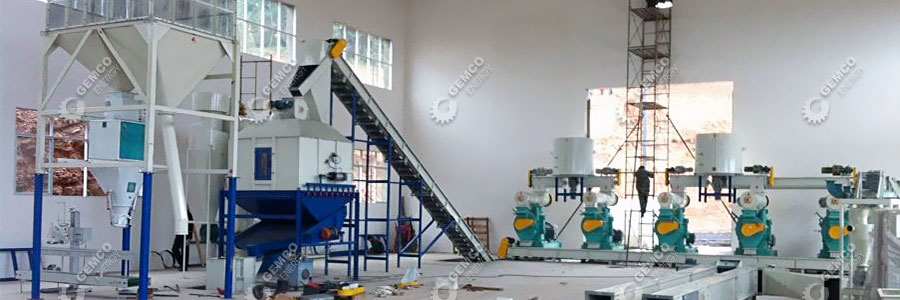
Turnkey Wood Pellet Plant Project for Sale
GEMCO, one of Chinese pellet mill manufacturers with nearly 30 years of experience and expertise, is always at your disposal to guide and support you. Our biomass pellet machines are exported to many countries such as UK, Australia, Italy, Chile, Nigeria, Morocco, Malaysia, Vietnam, Thailand and get excellent reputation. Therefore, whether you are faced with a problem in selecting or in processing the raw material, consult us for free and our dedicated team will listen to your needs and customize the best solution for you.


